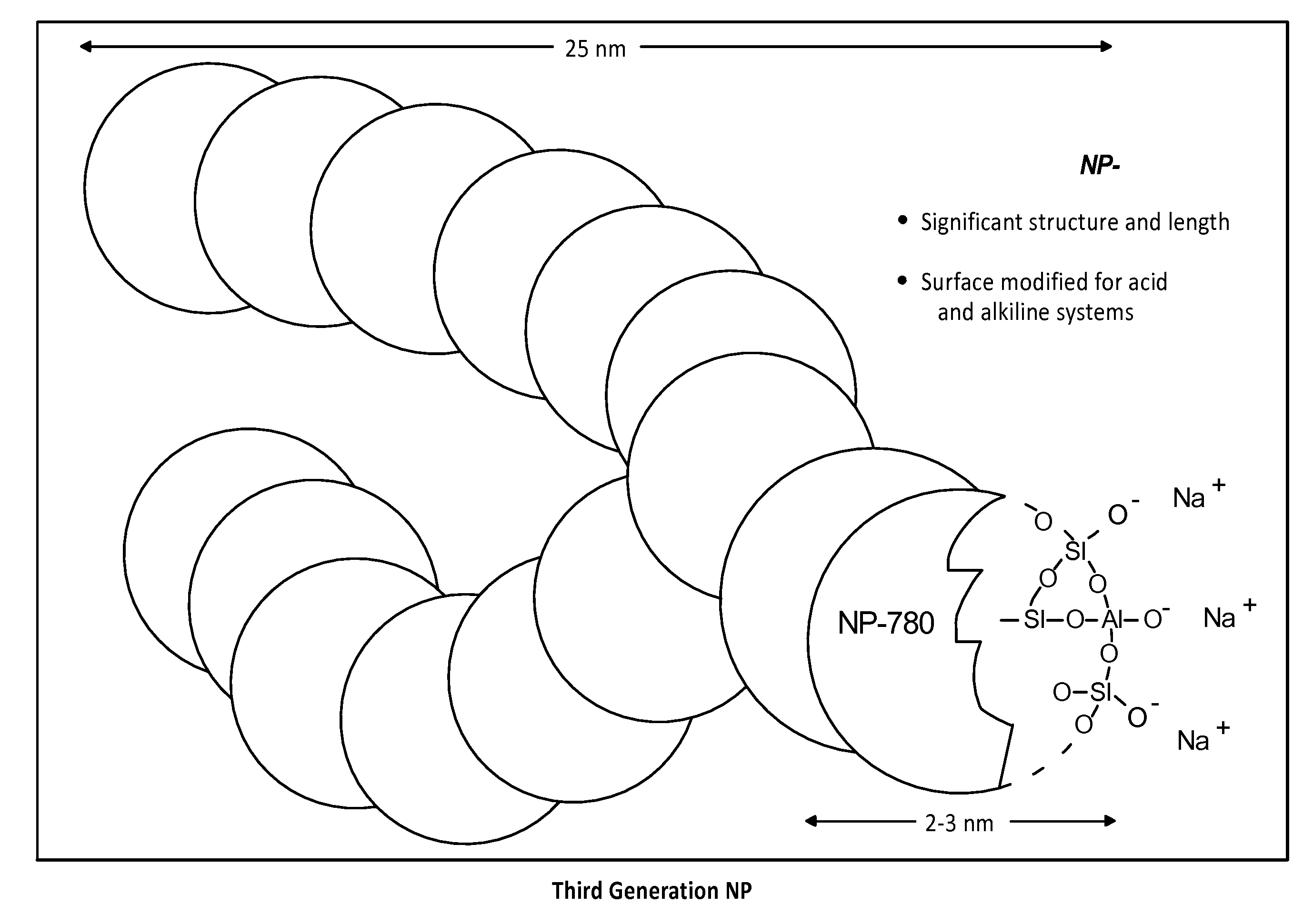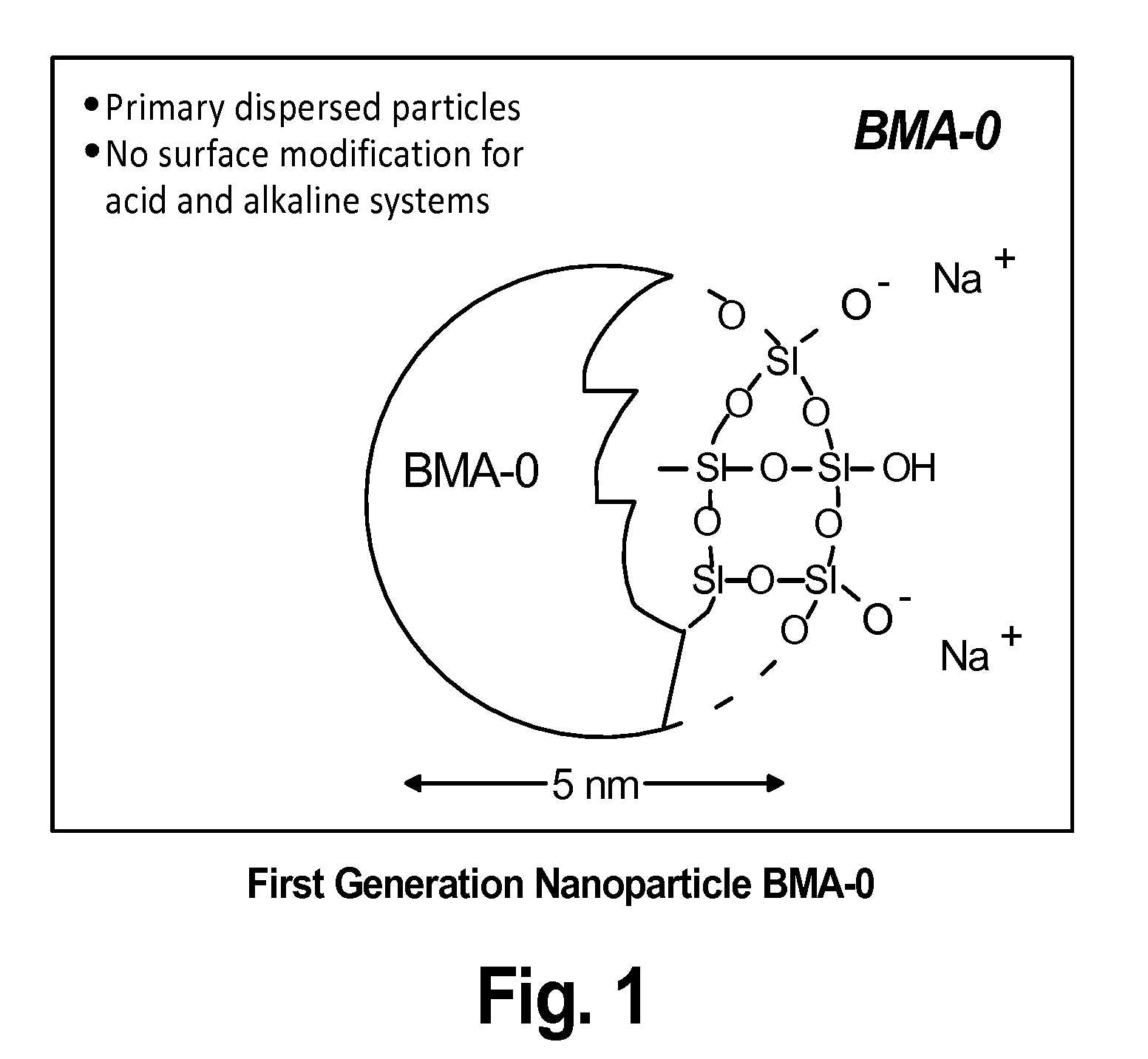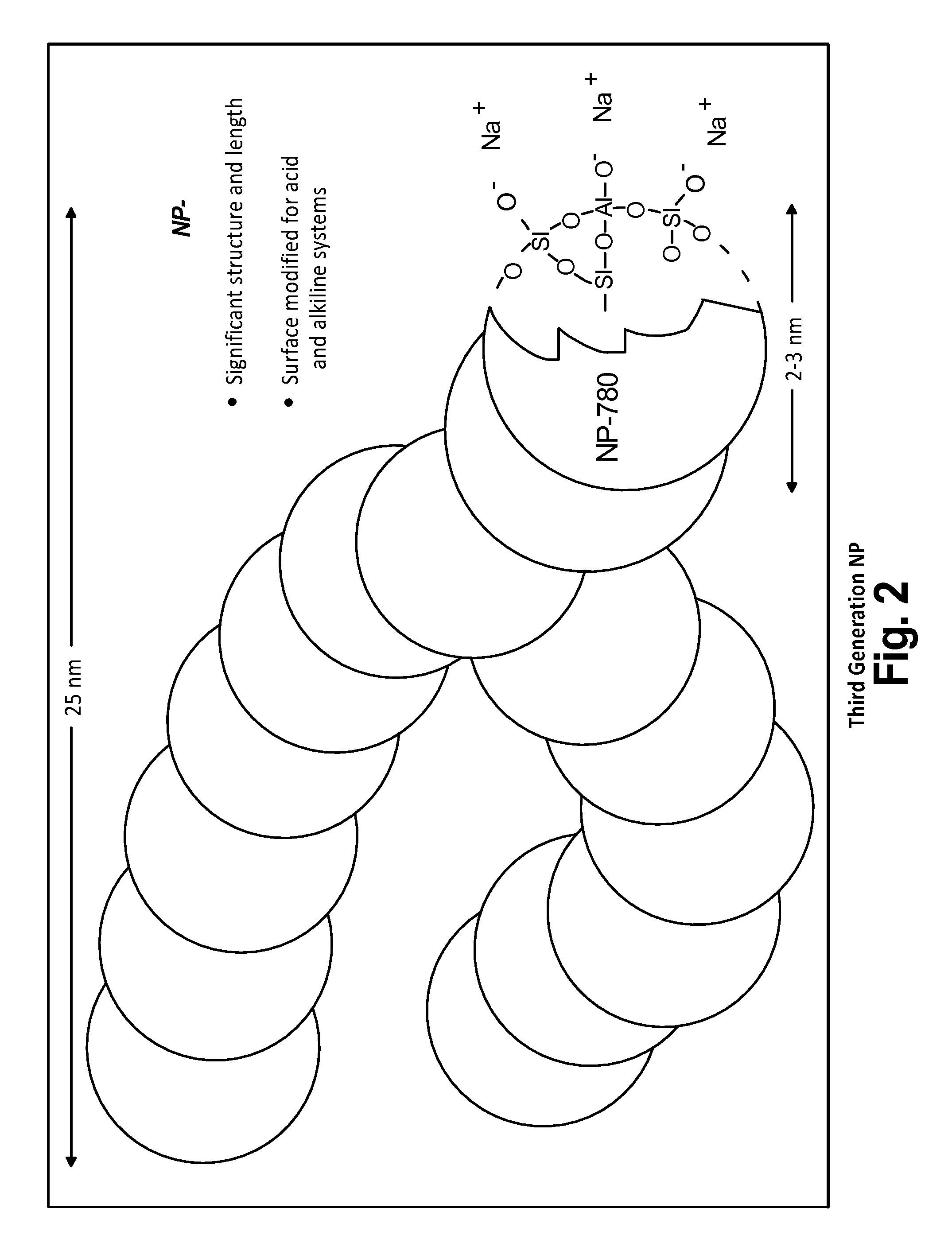Process for improving optical properties of paper
a technology of optical properties and paper, applied in the field of paper making processes, can solve the problems of increasing the amount of oba's, affecting changing the charge of the paper making system, so as to achieve the effect of increasing the brightness and whiteness of paper, increasing the brightness and whiteness, and maintaining brightness and whiteness
- Summary
- Abstract
- Description
- Claims
- Application Information
AI Technical Summary
Benefits of technology
Problems solved by technology
Method used
Image
Examples
example 1
[0096]Experiments were conducted to determine the effect that pulp ratio (HW to SW), optical brightening agent, pulp pH, and refining have on brightness and / or whiteness. Pulp from the D1 bleaching stage was refined to 5 different refining freeness levels to evaluate the effect refining has on brightness. Three different pulp ratios were evaluated 100% hardwood (100% HW), 60% hardwood mixed with 40% softwood (60% HW); and 100% softwood pulp (0% HW). Two pH levels were tested and the pH of the refined pulp was adjusted to 5.5 and 7. The optical brightening agent (OBA) used was Optiblanc disulfonate from 3V. The OBA for the surface was mixed with PVOH Celvol 24-203 diluted to 8.3% solids to act as a functioning bearer. Some conditions had no OBA, some had 20 # / ton at the wet end (WE), other had 10 # / ton at the size press (SP), and some had a combination of both wet end and surface OBA (WE & SP).
[0097]For these experiments the unrefined hardwood had a freeness of 625 CSF and the softwo...
example 2
[0111]Chemical Addition Sequence experiments: Several sets of experiments were conducted to try to optimize the brightness and whiteness of uncoated bleached paper. The main parameters considered to influence brightness and whiteness were:[0112]1. pulp brightness,[0113]2. selected chemicals (bleaching, wet end and surface),[0114]3. optimized chemical dosages and chemical sequences to increase the brightness and whiteness of paper.
[0115]Hardwood and softwood pulp samples were obtained from the D2 bleaching stage of a paper mill. The hardwood (HW) and softwood (SW) from the D2 stage pulp samples were bleached to a higher brightness level by addition of a peroxide (P) stage (DO-Eop-D1-D2-P). The pulp obtained from the mill was subject to an initial ClO2 stage, an extraction stage (including caustic, pressurized O2 and peroxide treatment), and first and second ClO2 stages. This pulp was then further bleached by addition of hydrogen peroxide. Pulp brightness and refining freeness (CSF) a...
example 3
[0129]The pulp used for this set of experiments had a low initial brightness. The hardwood brightness was 86.16 for and softwood brightness was 87.42 points. The whiteness was 71.83 and 80.31 respectively. The wet end OBA used was Leucophor T-100; the hardwood to softwood ratio was 70:30; and the refining levels are given in Table 11. The chemical sequence used is the one in table 10.
TABLE 11Refining FreenessLevelsR1-UnrR2R3R-IPR4R5SW640540460450350305HW62357343033032024070% HW628563439366329260
[0130]This set of experiments shows that, if the chemicals added to the wet end have the correct sequence and dosages, there is no brightness loss due to refining. FIG. 20 shows the comparison between two different sets of handsheets. Both sets have the same amount of OBA at the wet end and size press. One set of handsheets has in addition to the OBA, chemicals added to the wet end. The chemicals used and the addition sequences are given in Table 10. The OBA used is Leucophor T-100 and the st...
PUM
| Property | Measurement | Unit |
|---|---|---|
| Dimensionless property | aaaaa | aaaaa |
| Dimensionless property | aaaaa | aaaaa |
| Dimensionless property | aaaaa | aaaaa |
Abstract
Description
Claims
Application Information
 Login to View More
Login to View More - R&D
- Intellectual Property
- Life Sciences
- Materials
- Tech Scout
- Unparalleled Data Quality
- Higher Quality Content
- 60% Fewer Hallucinations
Browse by: Latest US Patents, China's latest patents, Technical Efficacy Thesaurus, Application Domain, Technology Topic, Popular Technical Reports.
© 2025 PatSnap. All rights reserved.Legal|Privacy policy|Modern Slavery Act Transparency Statement|Sitemap|About US| Contact US: help@patsnap.com



